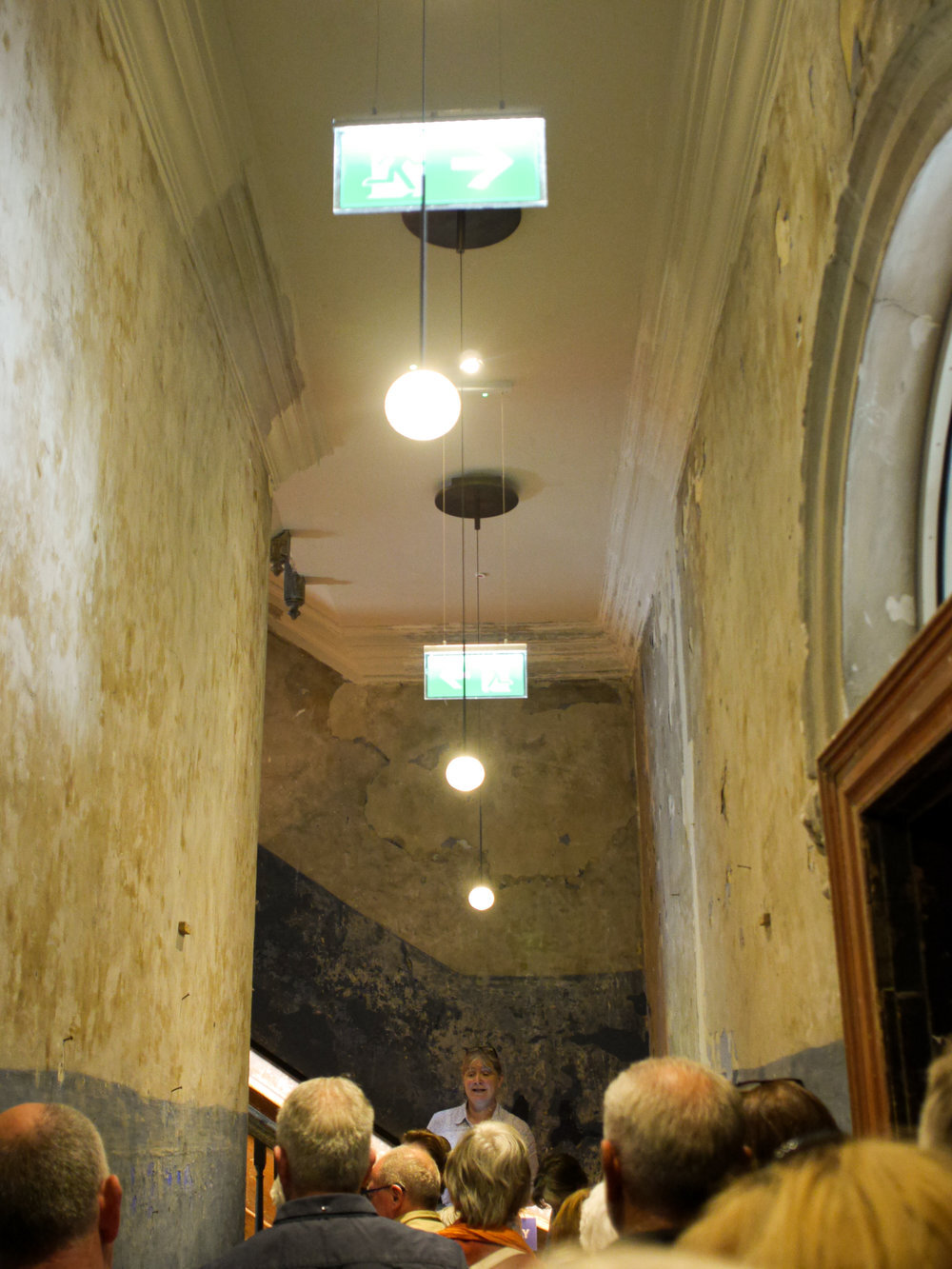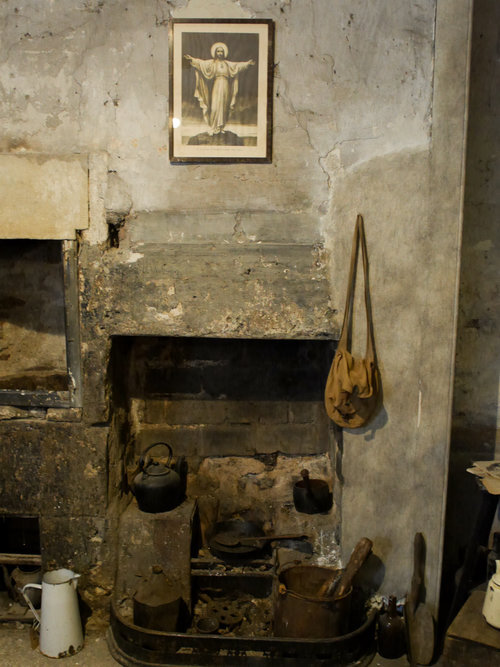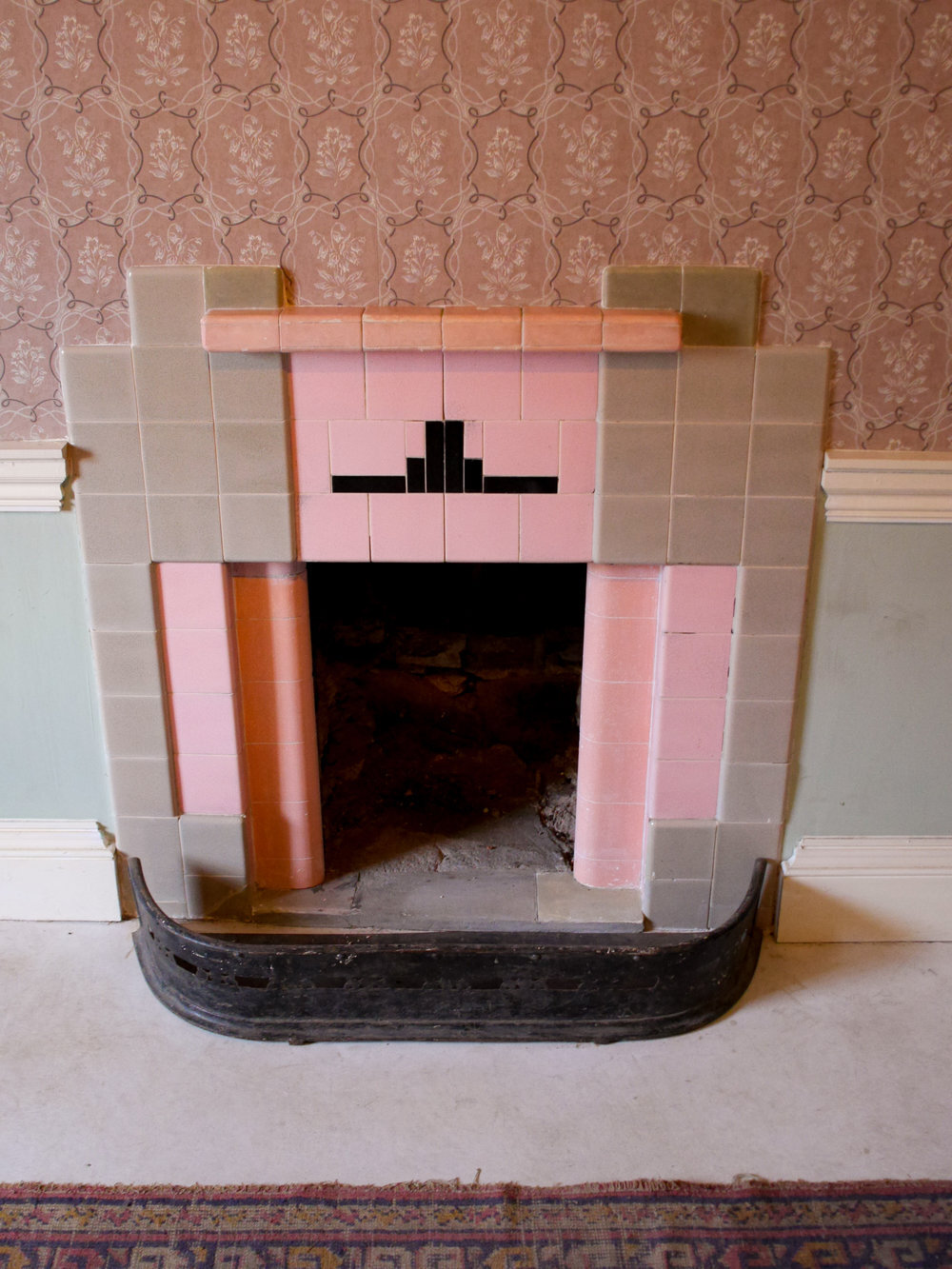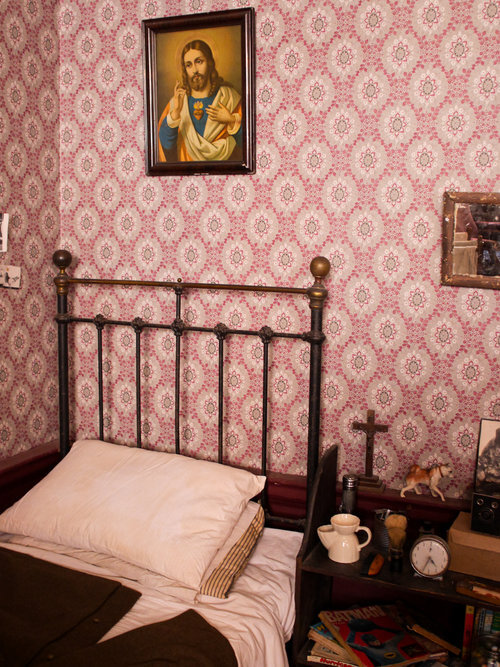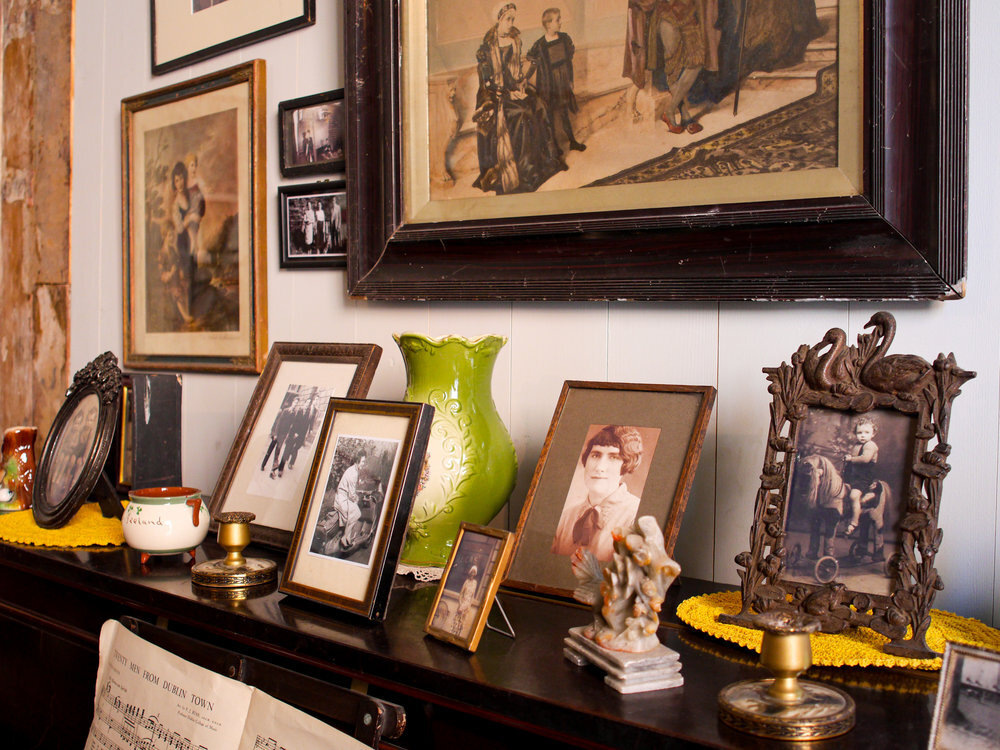Discovering Dublin: 14 Henrietta Street
Not to toot my own horn but I do know a little bit more than the average person on Irish history. That said, I don’t know it all and the tenements of Dublin’s past are an area I am not well-versed in. I know some general information, but it has always been something I have been interested in learning more about. Thankfully, 14 Henrietta Street is just the place to do just that.
14 Henrietta Street is a Georgian townhouse that has seen uses from a family home to a barracks to its final form as a tenement house. Once inside, you will see the rooms and learn of their many purposes over the lifetime of the house. The guided tour of 14 Henrietta Street also tells the personal experiences of those who lived there and helps to strengthen the understanding of the history of urban life and housing in Dublin. I tend to not like a guided tour, but my tour guide Sheila was excellent. A self-guided tour in 14 Henrietta Street would do a disservice to the home’s history.
Numbers 13-15 Henrietta Street were built in the late 1740s by Luke Gardiner to show off his wealth. Throughout the 1700s, 14 Henrietta Street continued to house noble residents. 1800 was a turning point in the history of the home when professionals began to move into the area. At one point the home served as the headquarters for the Encumbered Estates’ Course which allowed the State to collect and sell insolvent estates after The Famine. Dublin’s population swelled in the years following The Famine which is important to note in the timeline of the tenements.
Thomas Vance purchased 14 Henrietta Street in 1876 and installed 19 tenement flats compromising of one, three, and four rooms. He placed an ad in the Irish Times in 1877 which states:
‘To be let to respectable families in a large house, Northside, recently papered, painted and filled up with every modern sanitary improvement, gas and wc on landings, Vartry Water, drying yard, and a range with oven for each tenant; a large coachhouse, or workshop with apartments, to be let at the rere. Apply to the caretake, 14 Henrietta Street’
I have bolded certain phrases in this ad because while letting high quality flats to respectable families may have been Vance’s intentions, by 1911, 14 Henrietta Street was housing at least 100 people, a far cry from the days of nobility. Sheila mentioned that at one point there were over 1000 people living on Henrietta Street. These photos do not do the limited space in the home justice.
When I left number 14, I stood in the middle of Henrietta Street looking around trying to imagine how over 1000 people could live on such a small street. Another fact that shocked me was that there were families living in the home until the late 1970s. You can see the modern home improvements some residents made most obviously in the fireplaces. These fireplaces were renovated by the tenants sometime in the 1930s/40s and the 1950s.
14 Henrietta Street brilliantly explains how tenement living developed over time. Landlords taking advantage of the need for cheap housing for the poor saw mass conversions of Georgian townhouses in Dublin that were carved into multiple dwellings. These townhouses went from single-family homes to housing entire families in just one room. Anyone who is interested in learning more about the urban, social, and economic history of Dublin should be sure to add 14 Henrietta Street to their list. If you’re a tourist looking for something different to experience in Dublin besides Guinness Storehouse or Trinity, this is it.
I would recommend booking in advance. I did not and I was lucky (and thankful) that the receptionist allowed me to join the full tour. A full price ticket is €9 and there is a discounted rate of €6 for students and seniors over 60. There are family prices available too, but I would not recommend bringing a young child on this tour.
Tours Times:
Wednesday – Saturday: 10:00, 11:00, 12:00, 13:00, 14:00, 15:00, 16:00
Sunday: 12:00, 13:00, 14:00, 15:00, 16:00
Monday & Tuesday: Closed
The tour lasts approximately 1 hour and 15 minutes.
The tour of 14 Henrietta Street got me thinking about the recent proposals for co-living by the Housing Minister, Eoghan Murphy. In the comments sections of the articles I have read about the proposal the one word I saw pop up over and over was tenement. After visiting 14 Henrietta Street I can appreciate why people would compare these co-living spaces to tenement living conditions. These co-living spaces give occupants their own room, en-suite and shower but they would be sharing living and kitchen spaces. When I moved to Dublin, I lived in student accommodation. I had my own bedroom with an en-suite and shower but had a shared living space and kitchen with 5 other residents. This was perfectly fine for a year, but it is no way for adults to live forever.
There is a housing crisis in Dublin. While in America I would easily be able to save a deposit for a modest home that is not the case here. There is a high demand for housing and with most people renting not being able to afford a deposit, the issues surrounding housing continue to grow. I love to look up the prices of homes that I pass and see photos of their interiors. Recently I passed a home in Ranelagh that had a for sale sign, so I popped the address into Google and the description horrified but did not surprise me. The home had been divided into multiple flats. Will co-living and these divided homes become modern tenements? I suppose only time will tell. I would love to hear your thoughts!
Author’s Note: This post was originally published on my old blog in July 2019. As of the original publishing, all information was current and correct.
*all images original to Alexandra Furbee

